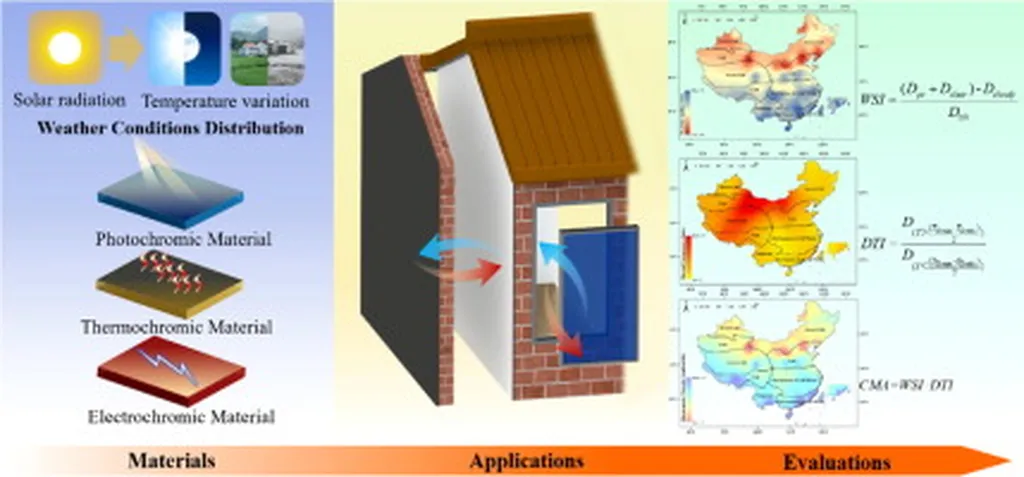In the ever-evolving landscape of materials science, a groundbreaking development has emerged from the labs of Southwest University in Chongqing, China. Researchers, led by Xiao-Li Zhao of the Chongqing Key Laboratory of Soft-Matter Material Chemistry and Function Manufacturing, have pioneered a novel approach to creating high-performance, sustainable composites. These materials could revolutionize electrical insulation, electromagnetic interference (EMI) shielding, and thermal management in the energy sector.
At the heart of this innovation lies dynamic covalent chemistry, a field that enables the creation of adaptable, yet robust, materials. Zhao and her team have leveraged this chemistry to develop a sandwiched composite structure composed of a biobased thermoset, carbon nanotubes, and boron nitride. The result is a material that offers an impressive combination of properties, making it an ideal candidate for advanced electronic packaging.
The composite’s outer layers, made from a biobased covalent adaptable network (CAN) and boron nitride, provide exceptional thermal conductivity while maintaining electrical insulation. Meanwhile, the inner layer, consisting of CAN and carbon nanotubes, effectively attenuates electromagnetic waves, offering superior EMI shielding. “The key to our success,” explains Zhao, “is the interface-welding strategy enabled by dynamic covalent chemistry. This approach allows us to create fully integrated interfaces, ensuring exceptional mechanical properties and performance.”
The potential commercial impacts of this research are substantial. In an era where the demand for efficient, sustainable, and high-performance materials is at an all-time high, this composite could be a game-changer. Its ability to dissipate heat efficiently, shield against electromagnetic interference, and insulate electrically makes it an excellent choice for the energy sector. From power electronics to renewable energy systems, this material could enhance performance, reliability, and longevity.
Moreover, the use of biobased resources in the CAN matrix aligns with the growing trend towards sustainability. By deriving the matrix from renewable sources like vanillin, glycerol triglycidyl ether, and 1,10-diaminodecane, the researchers have demonstrated that high performance and eco-friendliness can go hand in hand.
The composite’s impressive properties are backed by robust data. With a boron nitride and carbon nanotube content of 30 wt%, the material achieves a thermal conductivity of 1.79 W·m−1·K−1, an EMI shielding effectiveness exceeding 55 dB in the X-band, and an ultra-low electrical conductivity of 1.6×10−13 S·m−1. Its mechanical properties are equally impressive, with a tensile modulus of 3837.8 ± 196.9 MPa and a tensile strength of 62.1 ± 3.7 MPa.
As the energy sector continues to evolve, the demand for advanced materials will only grow. This research, published in the journal Sustainable Materials (SusMat), which translates to English as Sustainable Materials, paves the way for future developments in this field. It offers a blueprint for creating high-performance, sustainable composites that can meet the challenges of tomorrow’s energy landscape. As Zhao puts it, “Our work is just the beginning. We believe that dynamic covalent chemistry holds immense potential for the development of next-generation materials.” The future of materials science is dynamic, adaptable, and, increasingly, biobased.

